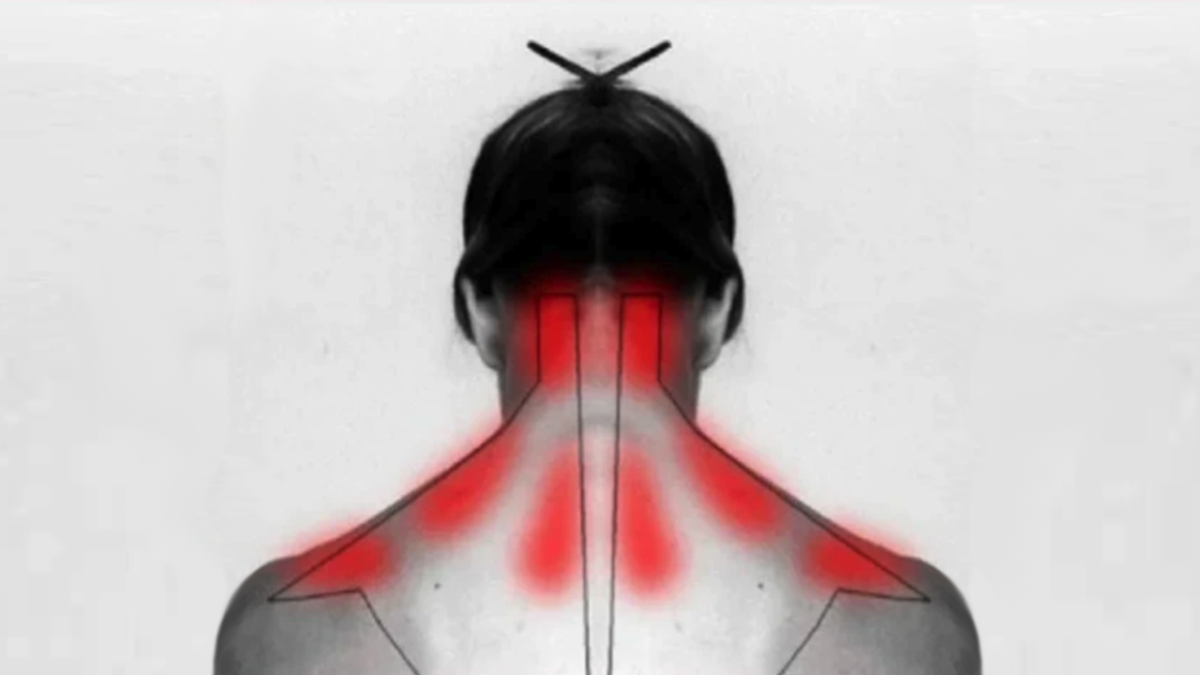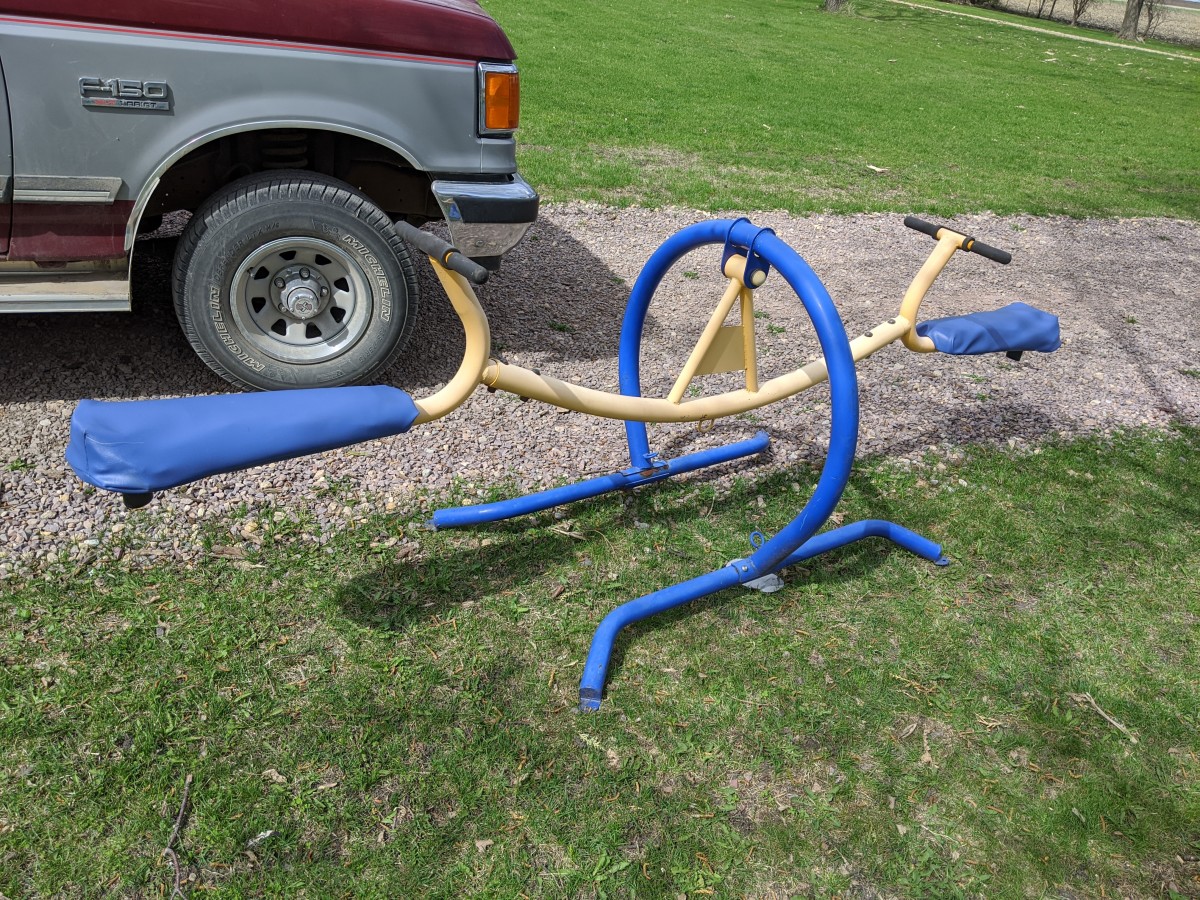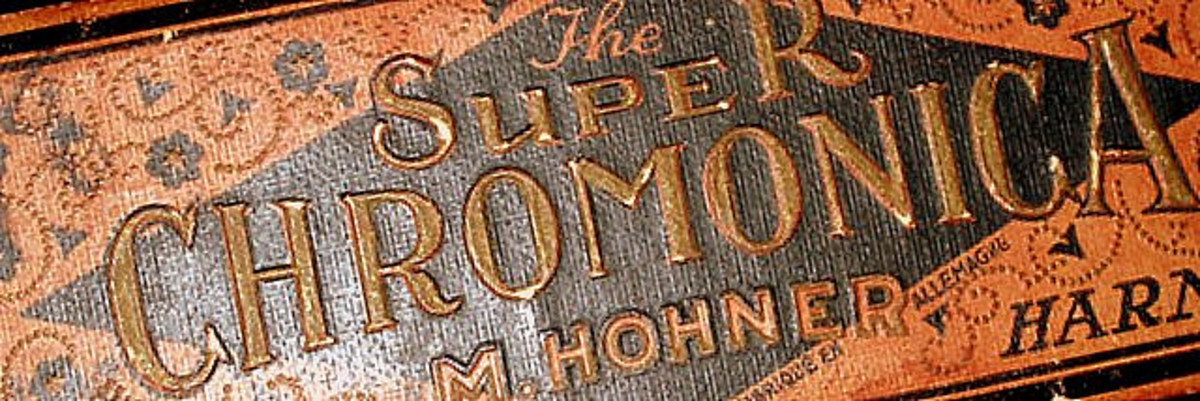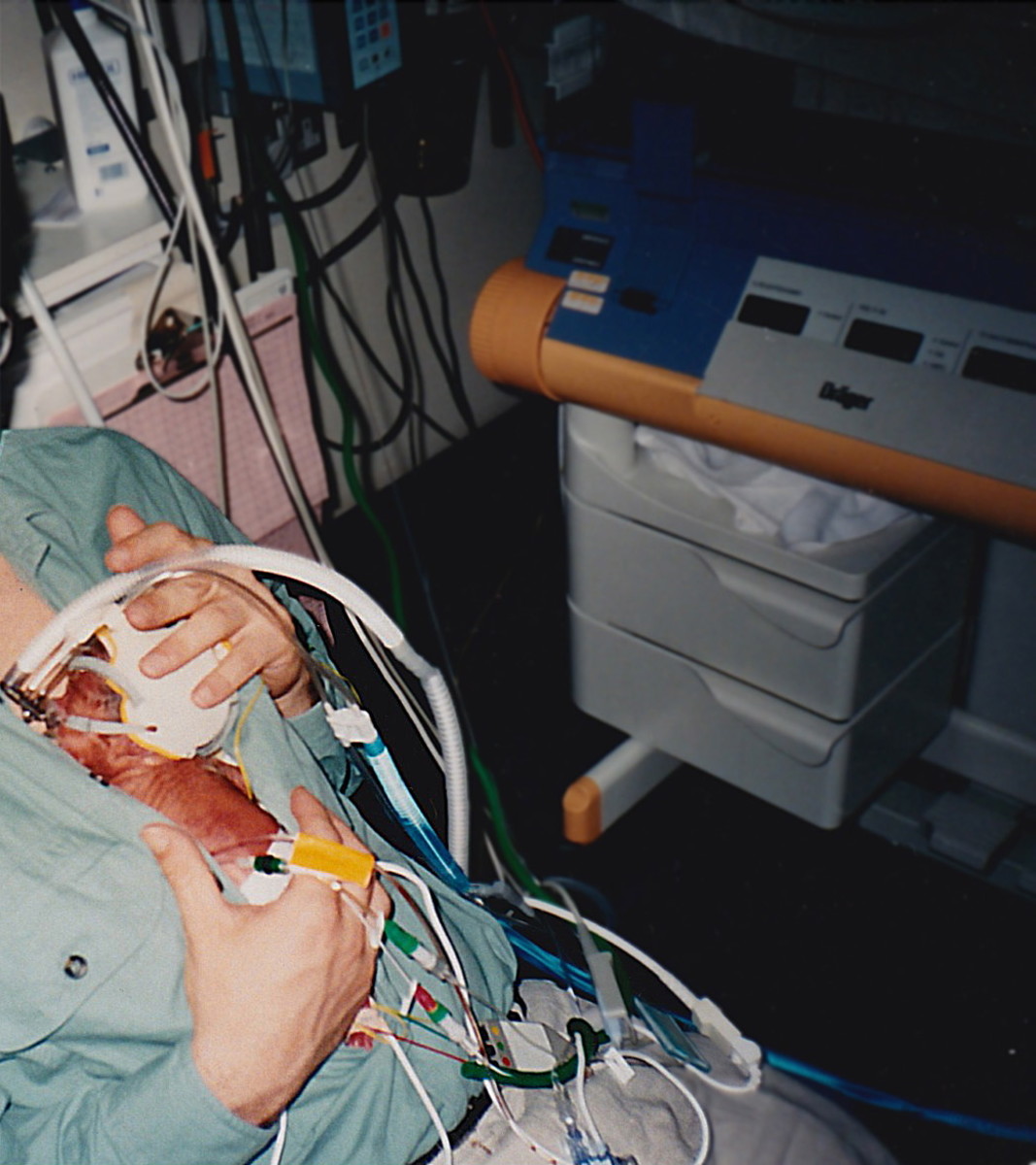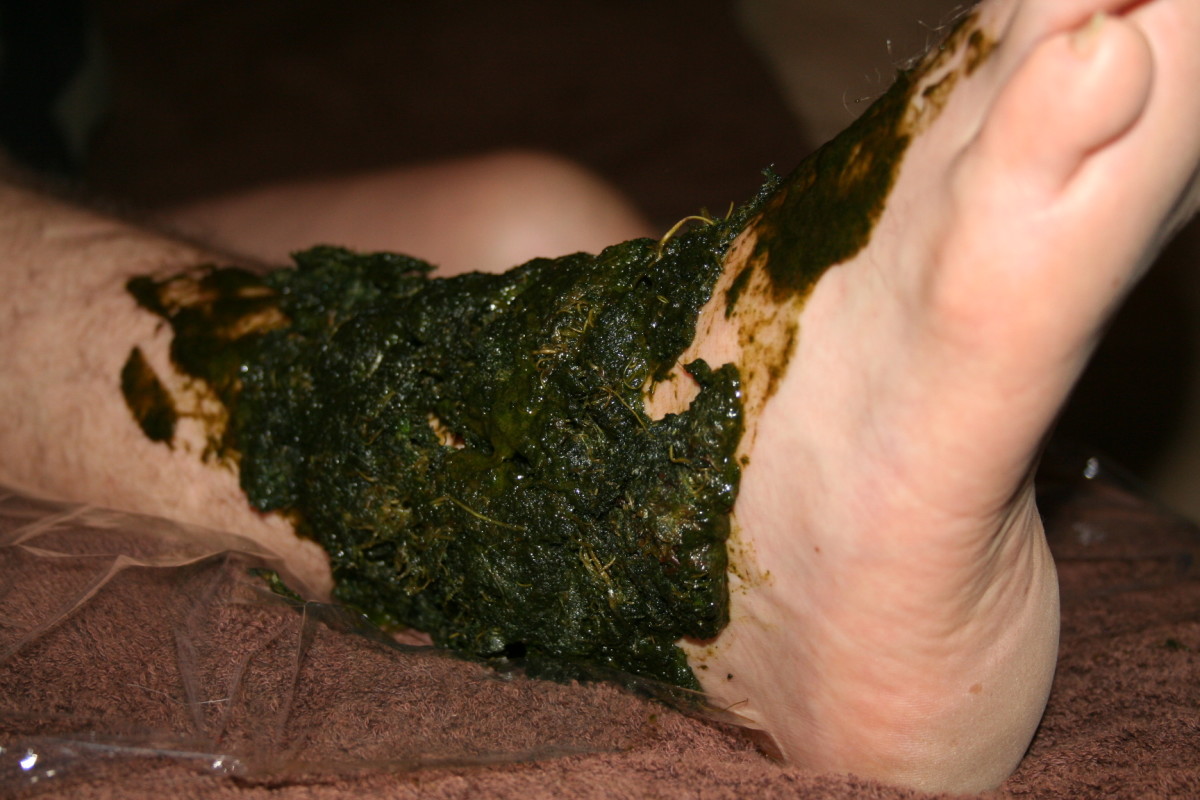Real Inversion Table Benefits

Are there really any benefits of practicing inversion therapy?
When they first started hitting the mainstream market, people probably thought inversion tables were a joke.
There is no doubt that stretching is good for you and every physician and sports coach will try to hammer in the need to stretch after and sometimes before doing any sports exercise. But daily life is also a strenuous exercise for the spine, the connecting tissues and the muscles that hold up your body. Your whole system gets strained, and as we age, this leads to tissue fatigue causing muscle stiffness, back pain, dry joints, skeletal calcification, etc., etc.
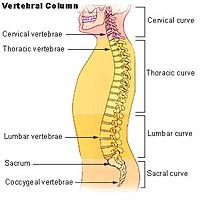
So how do you stretch the spine and inner body tissues? You reverse the pressure caused by gravity constantly pressing you together. Lying down relieves you from vertical gravity and is a way to rest your body, but it doesn't do any stretching. For that you need to turn head over heels!
There is always a lot of talk about back pain from lumbar regions and you can find any number of lumbar supports and gadgets.. but the lumbar region is only a portion of the spine. All of your spine is compressed through gravity and the only way to relax the whole human vertebral column is to achieve a pulling force. This can either be done through very expensive "relief" treatments on special "pulling tables" - or at home by hanging freely from your feet!
My image. Also used on this page public domain and product images.
The Teeter inversion table is the one I would personally choose mainly because of the backrest design. I would also add the dedicated vibration cushion. It can be difficult to relax sufficiently hanging upside down for it to have max effect, specially if you are in pain and the vibration cushion will help reaching a relaxed state quicker.
Personally, I always go for products that have been around for a while, gotten rid of all the early development bugs and that have accumulated top reviews. The review ratings are important because previous buyers have already tested the product for me and said what they think of it.
With all the above in mind, I feel the best inversion table is the Teeter Hang Ups EP-560. There are also a lot of add-ons available with which you can extend the functionality and comfort of a Teeter table. Their tables are easy to fold and the 560 for example weighs about 60 pounds depending on configuration.
Teeter have been in business since 1981 and have sold over a million units, and that simply says it all. Sales numbers like that over a extended time can't be done unless you offer a product that does the job and makes customers happy.
Body Champ Inversion table
The Teeter is a pretty exclusive inversion therapy table though and if you don't need the flexible backrest or the acu-nodes, the best inversion table for the money ought to be the Body Champ, which is half the price.
I am not sure the Champ would be the best choice for big persons though since the frame and leg attachments look a lot less sturdy than the Teeter or the Ironman tables. That's just my view though and if you look at recent inversion table review ratings, the Body Champ therapy table series is getting a lot of praise from buyers who have found quick back pain relief with these products.
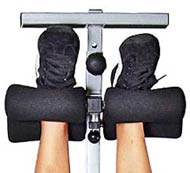
The Champ is a cheaper alternative but also take note that the ankle attachments are of the bar-type which work fine for all types of people, but may get a bit uncomfortable during long inversion sessions. For that you would need to buy for fitting ankle attachments at a extra cost.
Both Teeter and Ironman tables offer the wider form-fitting type of foot attachment, but at a higher price.
Inversion table for under $100
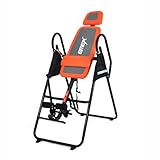
Back pain relief benefits of Inversion therapy
Spinal decompression. This simple phrase can mean the difference between chronic back pain from disc alignment problems to relief and even pro-active treatment.
When you hang freely, your spine is effectively decompressed. The physical benefits of this are multiple but the most obvious is back pain relief caused by spinal compression and/or muscle tension.
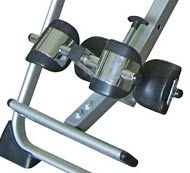
How does a inversion table work?
The principle is simple: step into the frame, attach the fasteners to your ankles. The backrest bench has a single pivot point and you work your way back over this point by pushing yourself with handrails. If you have positioned yourself correctly, you will just need a gently tug to start turning.
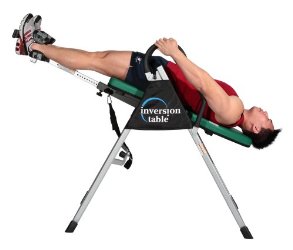
Grab the handrails and add angle slowly and in stages to let the body learn to relax until you finally hang upside down by your feet.
Once you are upside down let your arms hang freely. You body may tense and try to work against gravity but try to breathe slowly and let all muscles relax. Trust the ankle locks to keep you safe. As you release muscle tension your body will stretch.
At first, as your body relaxes muscles which have never been relaxed before, inversion therapy can actually hurt a bit (in a good way) but the more you do it, the more comfortable it gets.
Shown here is the Ironman Gravity 2000.
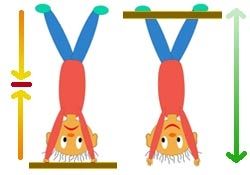
False promises of inversion shortcuts
You only get the benefit of inversion if you hang
I recently read somewhere that one way to get the same benefits of inversion therapy was to do hand-stands. That is extremely bad advice and you should disregard if you heard or read it because standing upside-down on your hands (or doing Yoga headstands) does not lessen the pressure on your spine. It makes no difference if you are standing upright or standing upside-down! You are still compressing your body and not getting any pull and stretching benefit whatsoever.
Unless you actually hang from something, your body is still hard at work pushing against gravity. A true inversion session require you to be suspended (partially or fully) in order for gravity to pull your body and release tension by extending (stretching) it, instead of compacting it. Stretching is good, remember?



